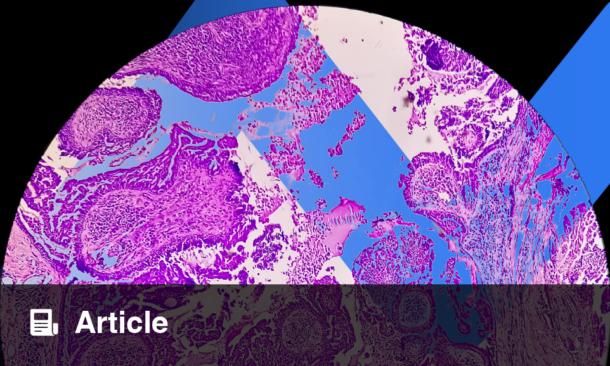IN the battle against lung cancer, a recent editorial examines the effectiveness of risk prediction models in determining screening eligibility. While lung cancer screening holds significant potential for saving lives—possibly more than colorectal, breast, or cervical cancer screenings—current adoption rates in the U.S. remain disappointingly low, capped at 15-20% annually. The editorial, calls for a reevaluation of the complex models being used to identify those most at risk for lung cancer.
The editorial highlights the United Kingdom’s Lung Health Check program, which uses sophisticated multivariable risk models to identify individuals who should undergo screening. These models aim to enhance the benefit-to-harm ratio of screening by predicting disease risk with greater accuracy, theoretically leading to more efficient use of healthcare resources. The PLCOm2012 model, for instance, incorporates variables like educational level, body mass index, and family history of lung cancer, which are not typically considered in current U.S. eligibility criteria.
However, these more intricate models come with significant challenges. The editorial points out that the additional data collection required can complicate implementation. In the U.S., guidelines from the U.S. Preventive Services Task Force (USPSTF) have leaned toward simpler eligibility criteria, with less emphasis on multivariable models. The editorial raises questions about whether the increased precision from complex models truly outweighs their added burden on healthcare systems and patients.
The editorial underscores a critical finding: while risk prediction models offer a sense of precision, they may not significantly outperform simpler eligibility guidelines. In fact, more intricate models like the PLCOm2012 were found to underpredict lung cancer diagnoses, leading the authors to argue that streamlining eligibility criteria might be more effective in increasing screening participation.
In conclusion, the editorial suggests that healthcare systems should focus on improving the uptake of screening rather than relying on increasingly complicated models. By simplifying eligibility, the screening process could be made more accessible, which could lead to a greater impact on public health. Ultimately, the key challenge is not a lack of precision in identifying eligible populations, but rather ensuring consistent and widespread participation in lung cancer screening programs.
Reference: Bach PB, Mazer BL. Patina of precision: risk models for lung cancer screening eligibility. BMJ. 2025;4:e000663.
Anaya Malik | AMJ







